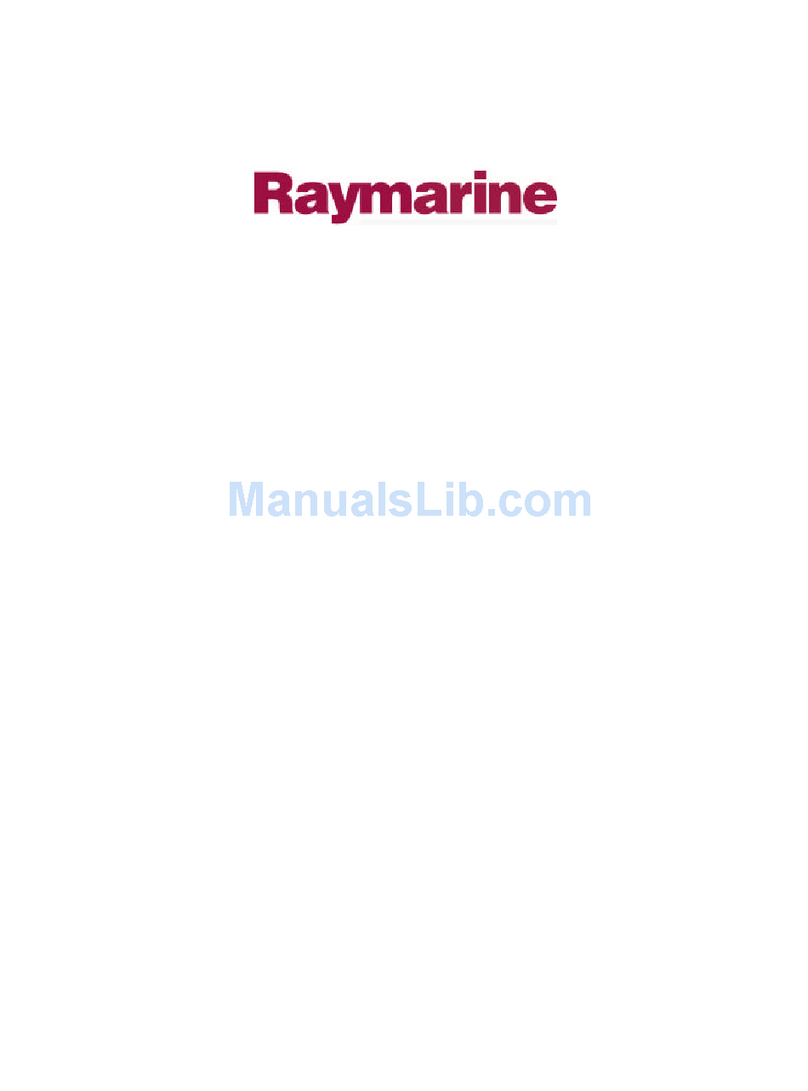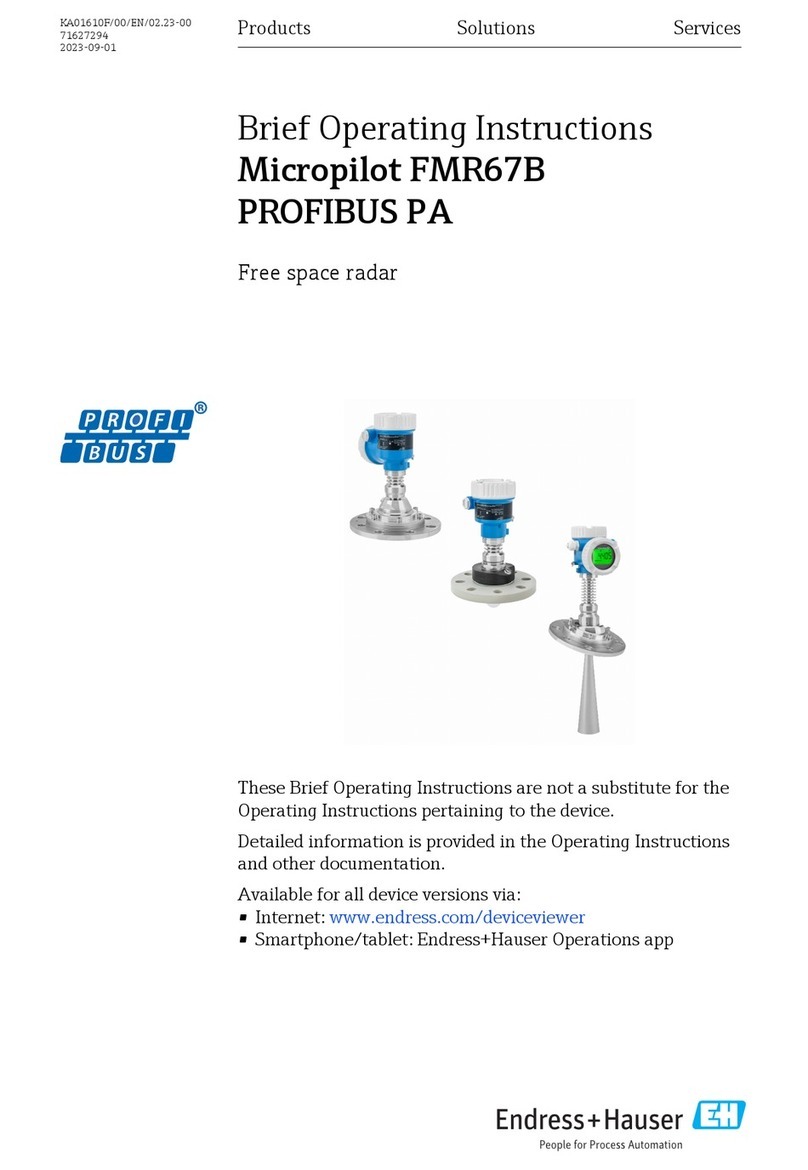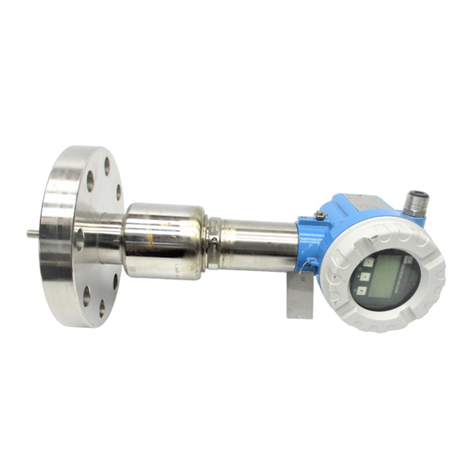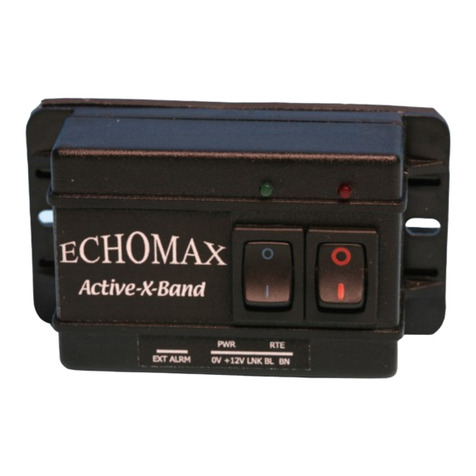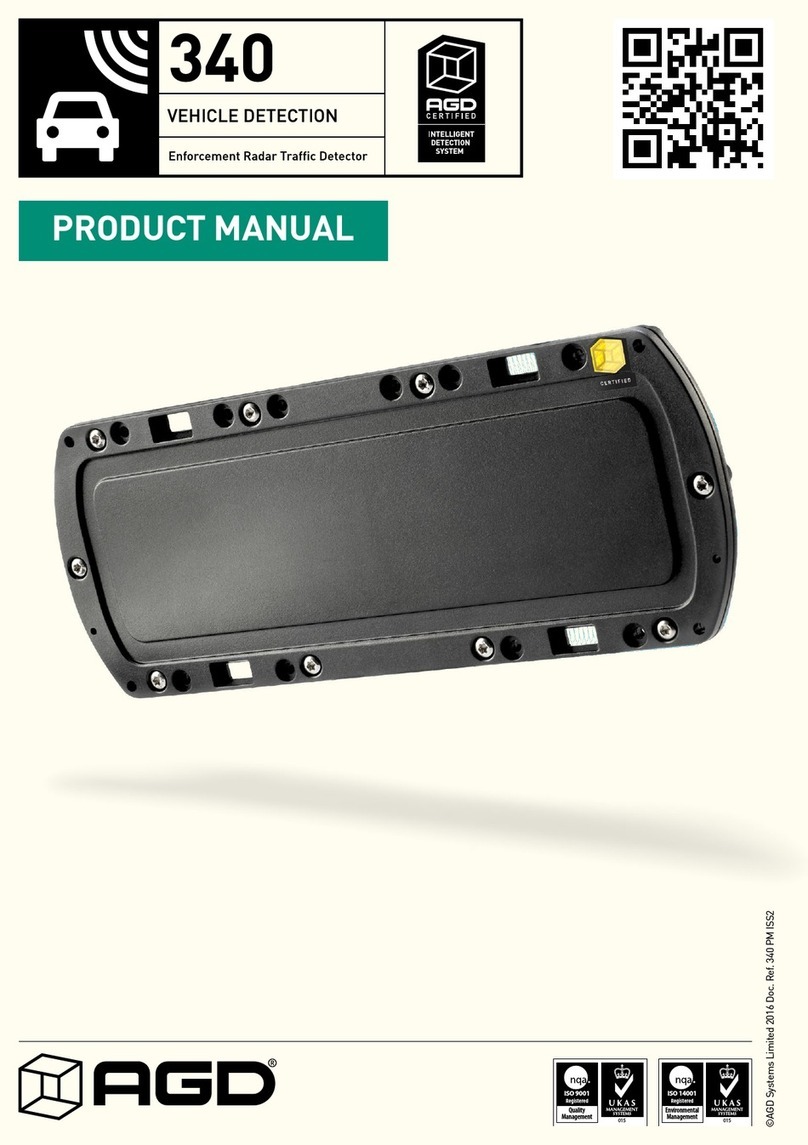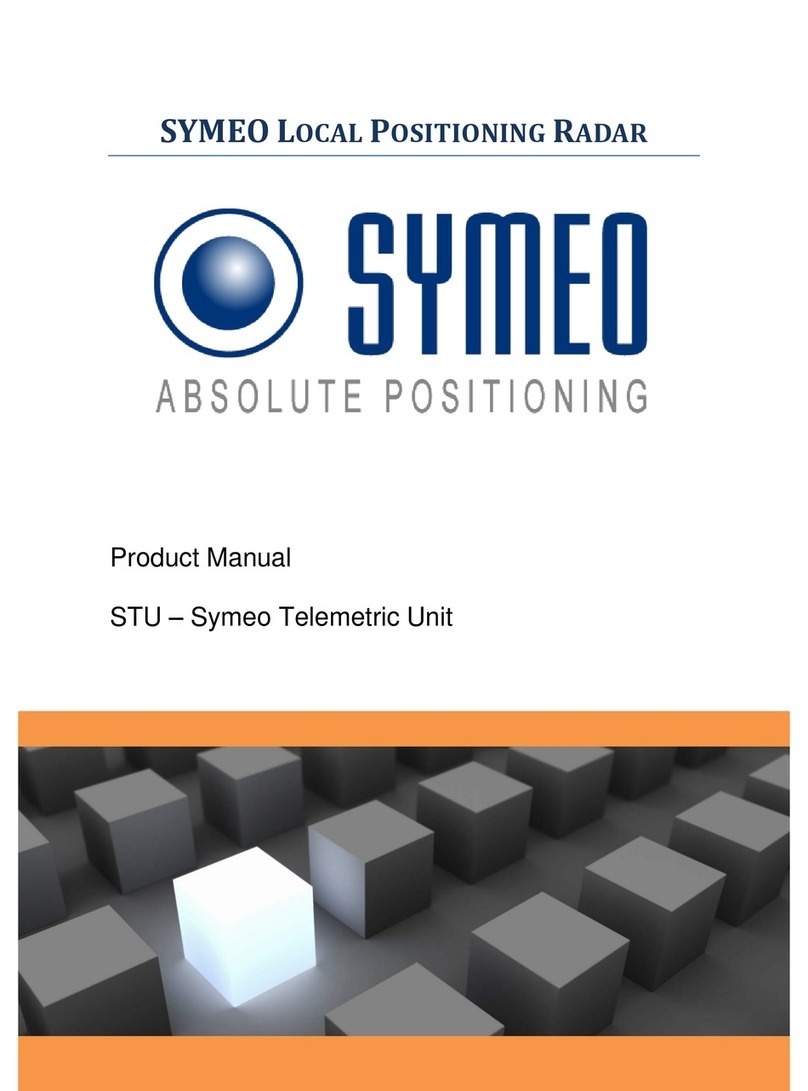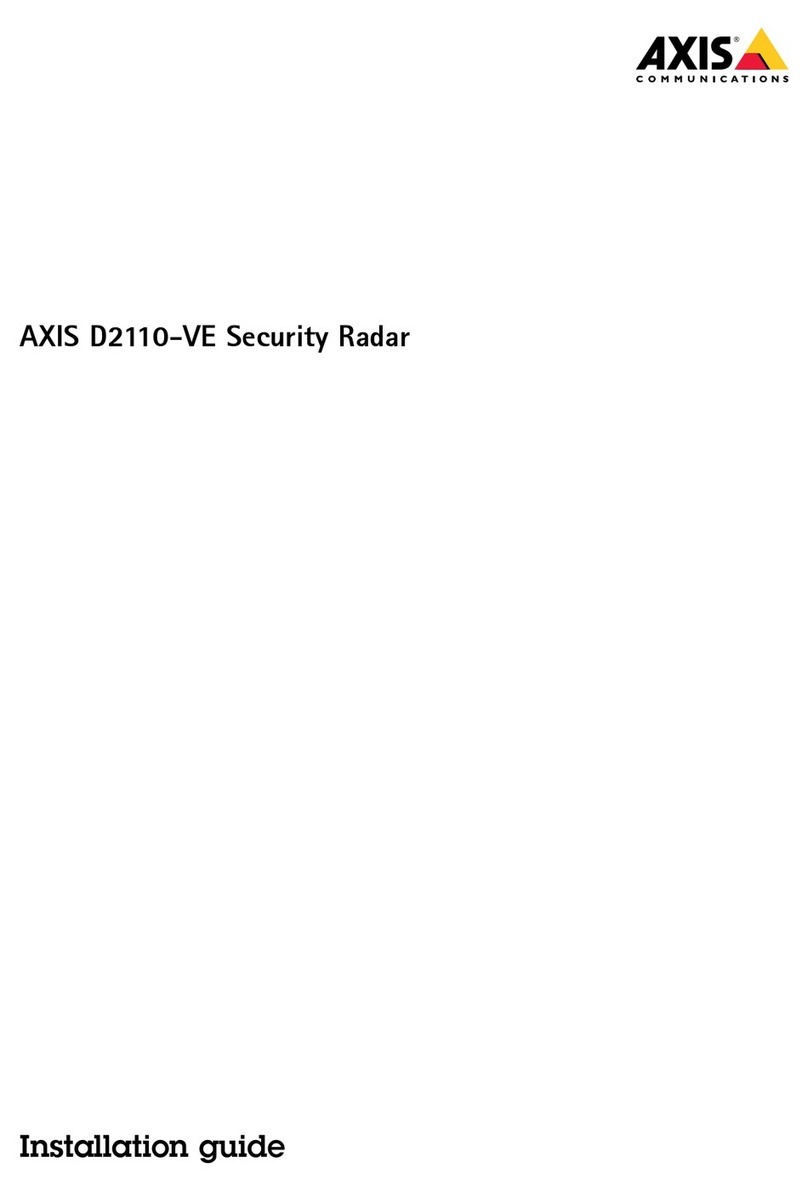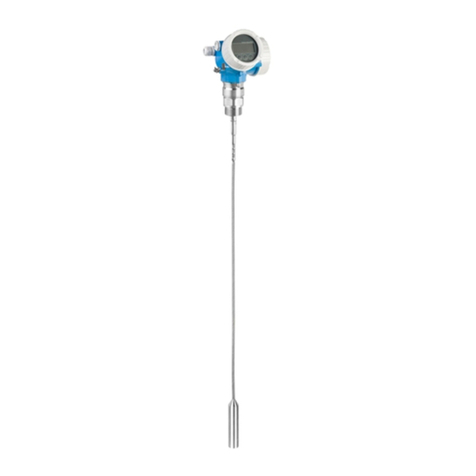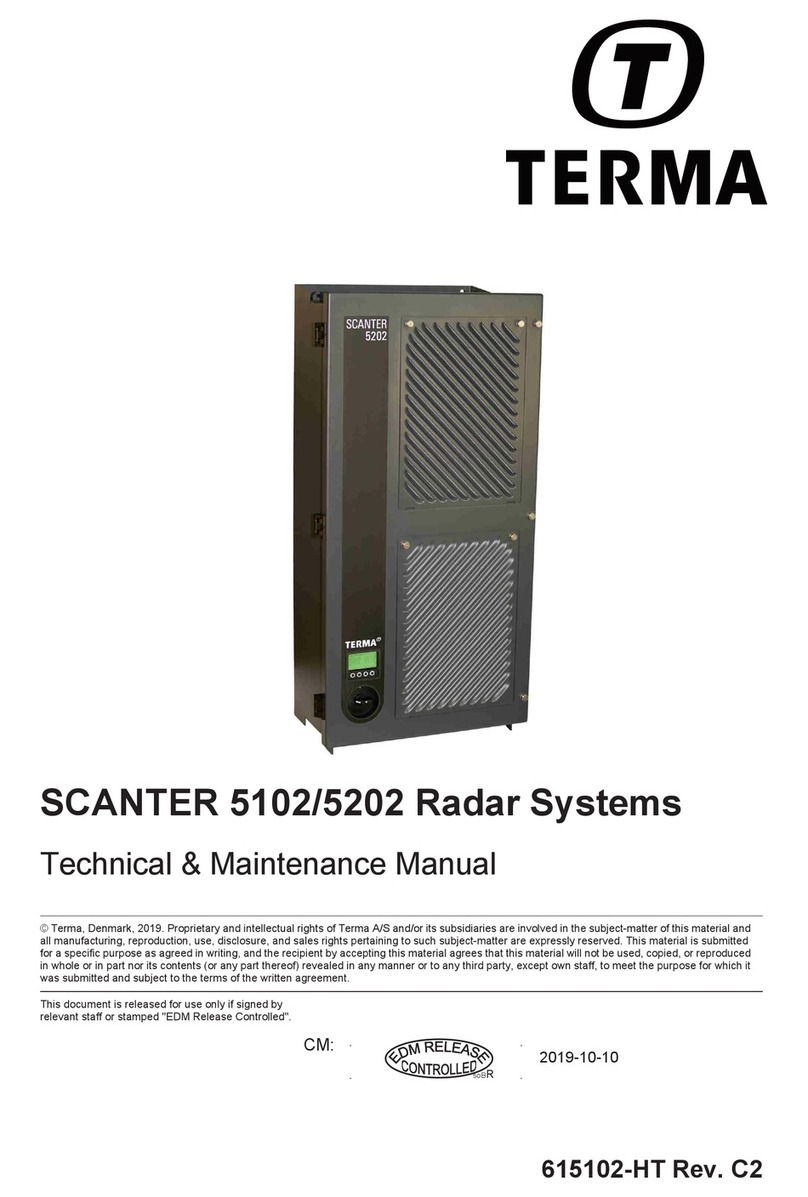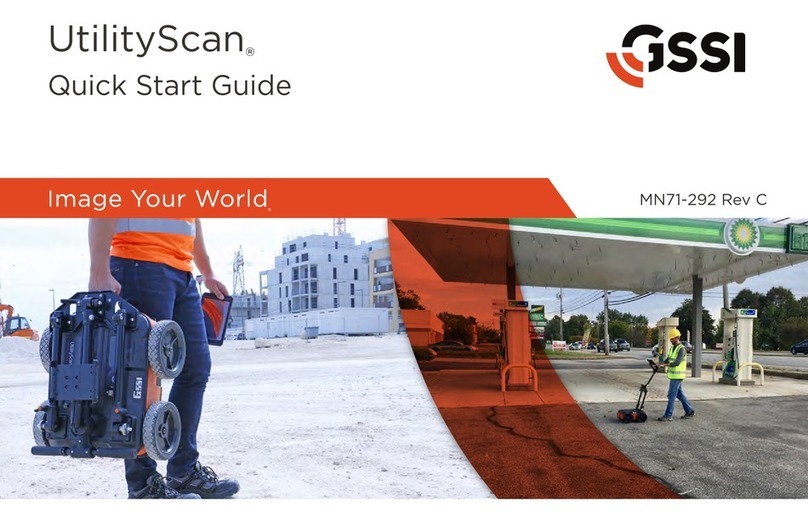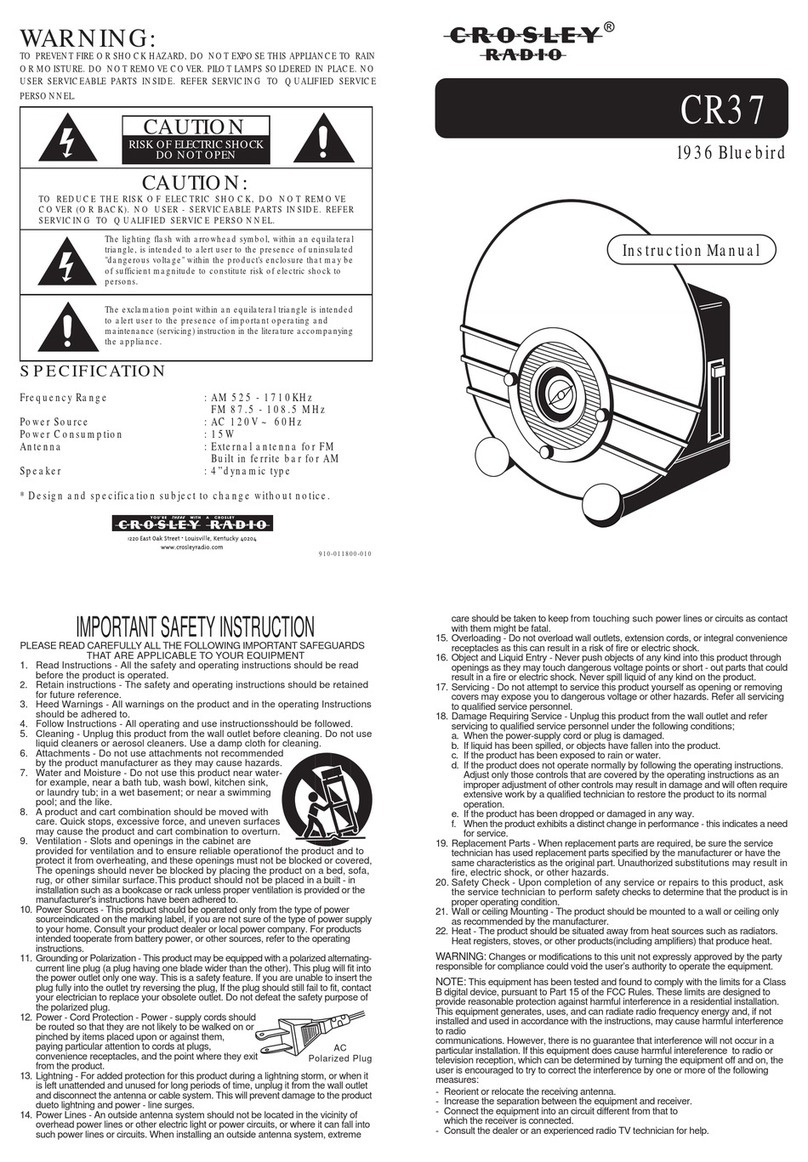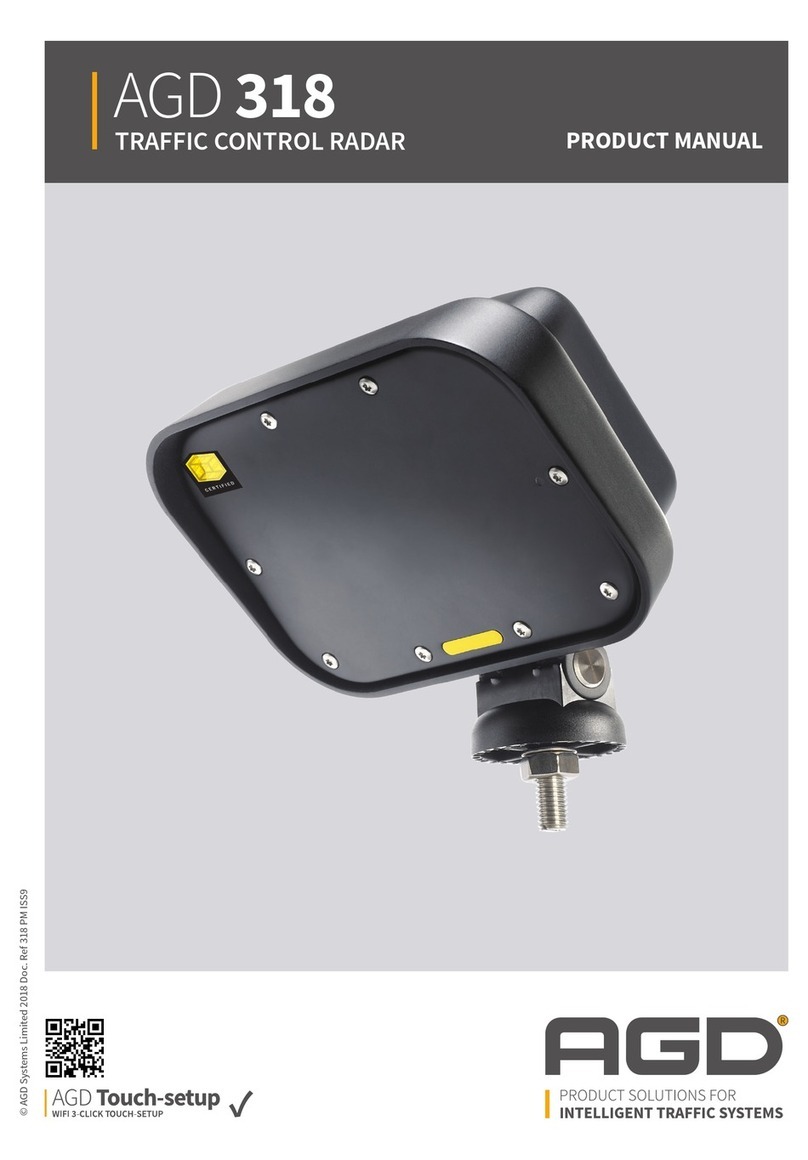
Reference Manual
00809-0100-4024, Rev BA
September 2005
Rosemount 5600 Series
TOC-2
FOUNDATION Fieldbus Electrical Installation. . . . . . . . . . . . . . . . . . . 3-8
Power Supply . . . . . . . . . . . . . . . . . . . . . . . . . . . . . . . . . . . . . . . . . 3-8
Fieldbus Connections . . . . . . . . . . . . . . . . . . . . . . . . . . . . . . . . . . . 3-9
Model Code . . . . . . . . . . . . . . . . . . . . . . . . . . . . . . . . . . . . . . . . . . 3-9
External Connections . . . . . . . . . . . . . . . . . . . . . . . . . . . . . . . . . . . 3-9
Hazardous Locations . . . . . . . . . . . . . . . . . . . . . . . . . . . . . . . . . . 3-10
Grounding. . . . . . . . . . . . . . . . . . . . . . . . . . . . . . . . . . . . . . . . . . . 3-10
Connecting fieldbus devices. . . . . . . . . . . . . . . . . . . . . . . . . . . . . 3-11
Connecting the 2210 Display Unit . . . . . . . . . . . . . . . . . . . . . . . . . . . 3-12
Temperature Measurement . . . . . . . . . . . . . . . . . . . . . . . . . . . . . 3-14
SECTION 4
Configuration
Safety Messages . . . . . . . . . . . . . . . . . . . . . . . . . . . . . . . . . . . . . . 4-1
Overview . . . . . . . . . . . . . . . . . . . . . . . . . . . . . . . . . . . . . . . . . . . . . . . 4-2
Basic Configuration . . . . . . . . . . . . . . . . . . . . . . . . . . . . . . . . . . . . 4-2
Advanced Configuration . . . . . . . . . . . . . . . . . . . . . . . . . . . . . . . . . 4-2
Antenna . . . . . . . . . . . . . . . . . . . . . . . . . . . . . . . . . . . . . . . . . . . . . . . . 4-3
Tank Geometry . . . . . . . . . . . . . . . . . . . . . . . . . . . . . . . . . . . . . . . . . . 4-5
Advanced Tank Geometry Configuration . . . . . . . . . . . . . . . . . . . . 4-6
Analog Output . . . . . . . . . . . . . . . . . . . . . . . . . . . . . . . . . . . . . . . . . . . 4-7
Process Conditions . . . . . . . . . . . . . . . . . . . . . . . . . . . . . . . . . . . . . . . 4-9
Temperature Measurement . . . . . . . . . . . . . . . . . . . . . . . . . . . . . . . . . 4-9
Volume Calculation . . . . . . . . . . . . . . . . . . . . . . . . . . . . . . . . . . . . . . 4-10
Advanced Functions . . . . . . . . . . . . . . . . . . . . . . . . . . . . . . . . . . . . . 4-11
Disturbance Echo Handling . . . . . . . . . . . . . . . . . . . . . . . . . . . . . 4-11
Bottom Echo Handling . . . . . . . . . . . . . . . . . . . . . . . . . . . . . . . . . 4-14
Full Tank Handling . . . . . . . . . . . . . . . . . . . . . . . . . . . . . . . . . . . . 4-15
Empty Tank Handling . . . . . . . . . . . . . . . . . . . . . . . . . . . . . . . . . . 4-15
Surface Tracking . . . . . . . . . . . . . . . . . . . . . . . . . . . . . . . . . . . . . 4-16
Filtering. . . . . . . . . . . . . . . . . . . . . . . . . . . . . . . . . . . . . . . . . . . . . 4-18
SECTION 5
HART Configuration
Safety Messages . . . . . . . . . . . . . . . . . . . . . . . . . . . . . . . . . . . . . . . . . 5-1
Overview . . . . . . . . . . . . . . . . . . . . . . . . . . . . . . . . . . . . . . . . . . . . . . . 5-1
PC Configuration Software Radar Master . . . . . . . . . . . . . . . . . . . . . . 5-2
Installation . . . . . . . . . . . . . . . . . . . . . . . . . . . . . . . . . . . . . . . . . . . 5-2
Main Configuration Icons . . . . . . . . . . . . . . . . . . . . . . . . . . . . . . . . 5-4
Hand-Held Communicator . . . . . . . . . . . . . . . . . . . . . . . . . . . . . . . . . . 5-7
HART Fast Keys. . . . . . . . . . . . . . . . . . . . . . . . . . . . . . . . . . . . . . . 5-9
Setting the Loop to Manual. . . . . . . . . . . . . . . . . . . . . . . . . . . . . . . 5-9
Connections and Hardware . . . . . . . . . . . . . . . . . . . . . . . . . . . . . . 5-9
Using a Hand Held Communicator . . . . . . . . . . . . . . . . . . . . . . . . 5-10
Level Configuration Example . . . . . . . . . . . . . . . . . . . . . . . . . . . . 5-10
SECTION 6
FOUNDATION Fieldbus
Configuration
Introduction . . . . . . . . . . . . . . . . . . . . . . . . . . . . . . . . . . . . . . . . . . . . . 6-1
Overview. . . . . . . . . . . . . . . . . . . . . . . . . . . . . . . . . . . . . . . . . . . . . 6-2
Foundation Fieldbus Function Blocks. . . . . . . . . . . . . . . . . . . . . . . 6-2
Assigning Device Tag and Node Address . . . . . . . . . . . . . . . . . . . . . . 6-3
Configure Transmitter using Delta V . . . . . . . . . . . . . . . . . . . . . . . . . . 6-3
Configure the Parameters . . . . . . . . . . . . . . . . . . . . . . . . . . . . . . . . . . 6-4
Configure the AI Block . . . . . . . . . . . . . . . . . . . . . . . . . . . . . . . . . . . . 6-10
Application Examples . . . . . . . . . . . . . . . . . . . . . . . . . . . . . . . . . . . . 6-13
Application Example: Radar Level Transmitter, Level Value . . . . 6-13
Application Example:

